- 全部删除
 您的购物车当前为空
您的购物车当前为空
IPN60090 dihydrochloride
IPN-60090 dihydrochloride is a potent and specific inhibitor of glutaminase 1 (GLS1) with a remarkable inhibition constant (IC50) of 31 nM. It does not exhibit any inhibitory activity against GLS-2. Furthermore, IPN-60090 dihydrochloride possesses outstanding physicochemical properties and pharmacokinetic characteristics in vivo. Therefore, it is a valuable compound for researching solid tumors, including lung and ovarian cancers.
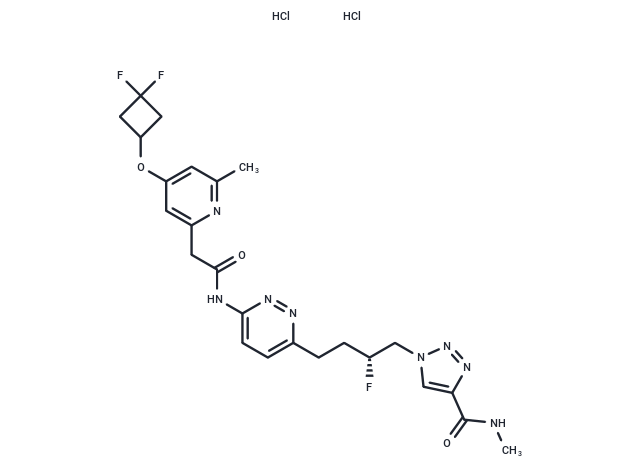
IPN60090 dihydrochloride
一键复制产品信息IPN-60090 dihydrochloride is a potent and specific inhibitor of glutaminase 1 (GLS1) with a remarkable inhibition constant (IC50) of 31 nM. It does not exhibit any inhibitory activity against GLS-2. Furthermore, IPN-60090 dihydrochloride possesses outstanding physicochemical properties and pharmacokinetic characteristics in vivo. Therefore, it is a valuable compound for researching solid tumors, including lung and ovarian cancers.
| 规格 | 价格 | 库存 | 数量 |
|---|---|---|---|
| 2 mg | ¥ 2,890 | 5日内发货 | |
| 5 mg | ¥ 4,820 | 5日内发货 | |
| 25 mg | ¥ 19,800 | 6-8周 | |
| 50 mg | ¥ 26,600 | 6-8周 | |
| 100 mg | ¥ 41,600 | 6-8周 |
产品介绍
| 产品描述 | IPN-60090 dihydrochloride is a potent and specific inhibitor of glutaminase 1 (GLS1) with a remarkable inhibition constant (IC50) of 31 nM. It does not exhibit any inhibitory activity against GLS-2. Furthermore, IPN-60090 dihydrochloride possesses outstanding physicochemical properties and pharmacokinetic characteristics in vivo. Therefore, it is a valuable compound for researching solid tumors, including lung and ovarian cancers. |
| 靶点活性 | GLS1:31 nM (IC50) |
| 体外活性 | There are two known isoforms of glutaminase: GLS-1 (also called kidney-type or KGA), and GLS-2 (also called liver-type or LGA). GLS-1 is ubiquitous and GLS-2 expression appears limited primarily to the liver. In a dual-coupled enzyme assay, IPN60090 dihydrochloride inhibits purified recombinant human GLS-1 (GAC isoform) with an IC 50 of 31 nM, and has no activity against GLS-2, with an IC 50 of >50000 nM[2]. IPN60090 dihydrochloride inhibits the proliferation of A549 cells with an IC 50 of 26 nM[2]. |
| 体内活性 | IPN60090 dihydrochloride (3 mg/kg for i.v.; 10 mg/kg for p.o.) has excellent pharmacokinetic properties, with CL=4.1 mL/min/kg, t 1/2 =1 hour, C max =19 μM, F%=89%[2]. IPN-60090 dihydrochloride (oral administration; 100 mg/kg; twice daily; 30 days) shows similar efficacy and target engagement to CB-839 (HY-12248) dosed orally at 250 mg/kg twice daily. And the 100 mg/kg BID dose of IPN-60090 is a tolerated dose for the following model study[2].IPN-60090 dihydrochloride (oral administration; 100 mg/kg; twice daily; 30 days; monotherapy or in combination with TAK228 (HY-13328)) causes tumor growth inhibition. IPN-60090 alone demonstrates robust in vivo target engagement in a dose-dependent manner. The glutamate/glutamine ratios and the free plasma concentrations of IPN-60090 at 4 hours post-dose on both day 4 and day 28 are all decreased[2]. Furthermore, IPN-60090 dihydrochloride in combination with TAK228 strongly causes an 85% tumor growth inhibition, IPN-60090 alone causes a 28% tumor growth inhibition in vivo[2]. Animal Model: Female CD-1 mice[2]Dosage: 3 mg/kg for i.v.; 10 mg/kg for p.o. (Pharmacokinetic Analysis) Administration: Intravenous injection and oral administration Result: CL (4.1 mL/min/kg), t 1/2 (1 hour) for i.v.; C max (19 μM), F% (89%) for p.o.. Animal Model: Ru337 non-small cell lung cancer patient-derived xenograft (PDX) subcutaneous mouse model as monotherapy or in combination[2]Dosage: 100 mg/kg Administration: Oral administration; 100 mg/kg; twice daily; 30 days; monotherapy or in combination with TAK228 Result: Exhibited an improvement in the combination regimen group over either single agent. |
| 别名 | IPN60090 dihydrochloride |
| 分子量 | 605.44 |
| 分子式 | C24H29Cl2F3N8O3 |
| CAS No. | 2102101-72-2 |
| 存储 | Powder: -20°C for 3 years | In solvent: -80°C for 1 year | Shipping with blue ice/Shipping at ambient temperature. |
计算器
体内实验配液计算器
以上为“体内实验配液计算器”的使用方法举例,并不是具体某个化合物的推荐配制方式,请根据您的实验动物和给药方式选择适当的溶解方案。










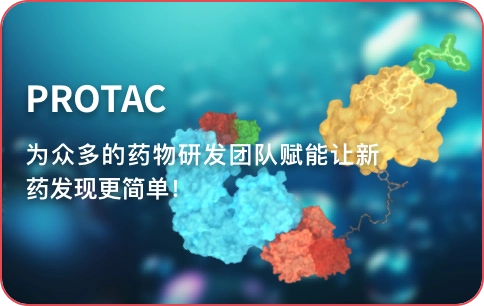
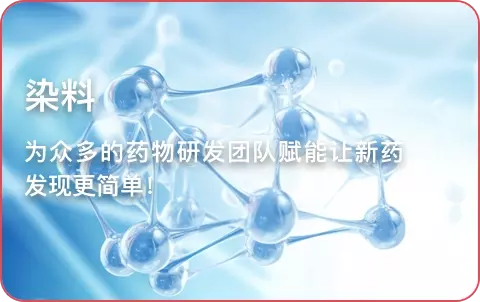




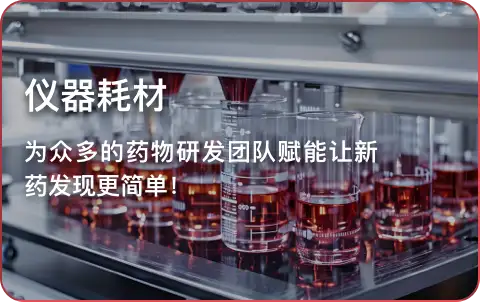
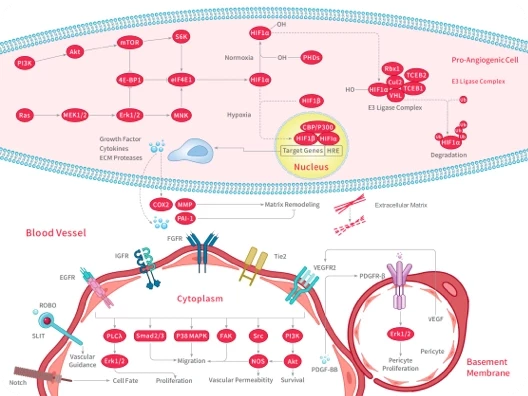
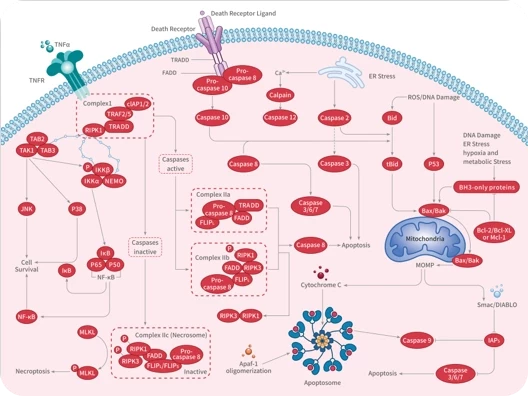
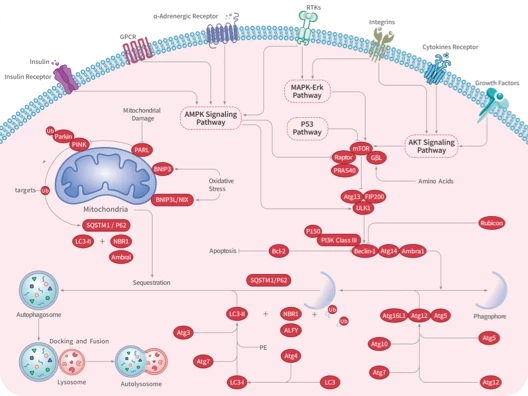

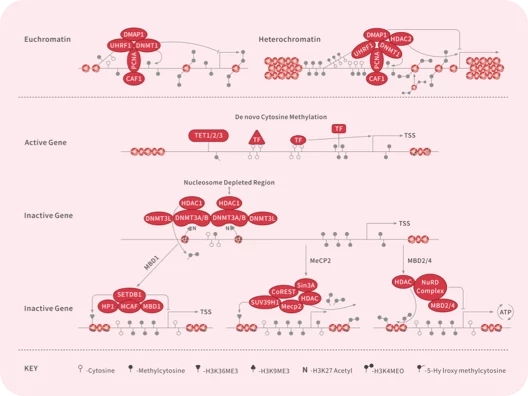
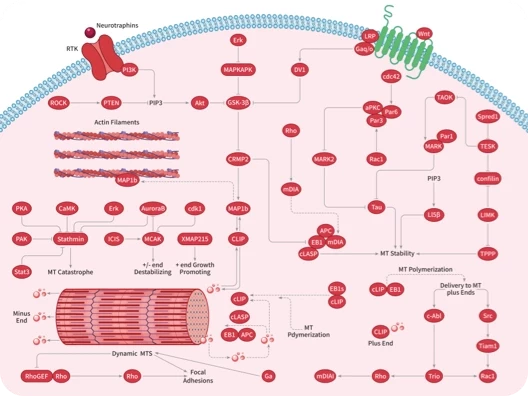
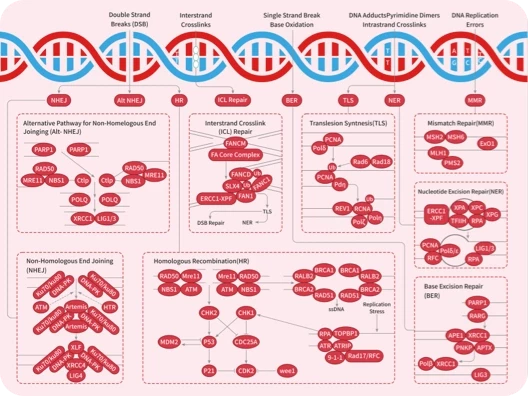
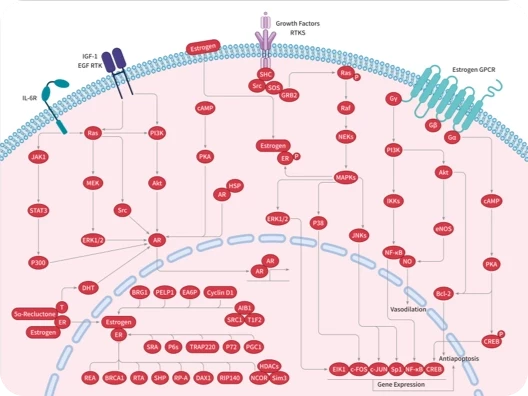
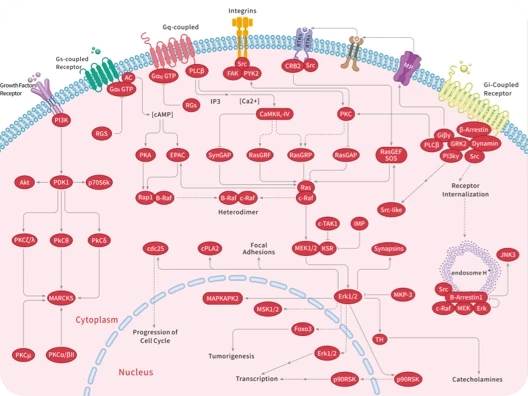
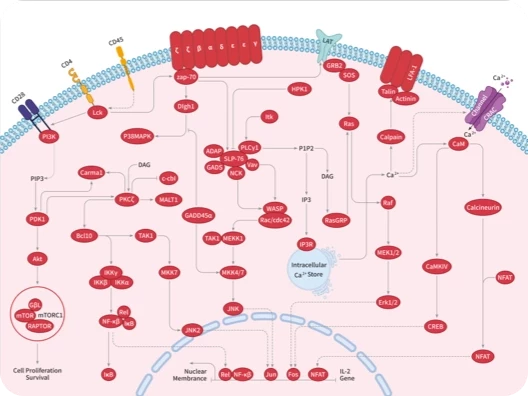
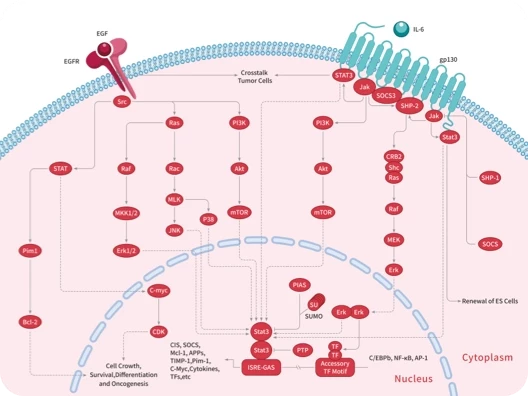
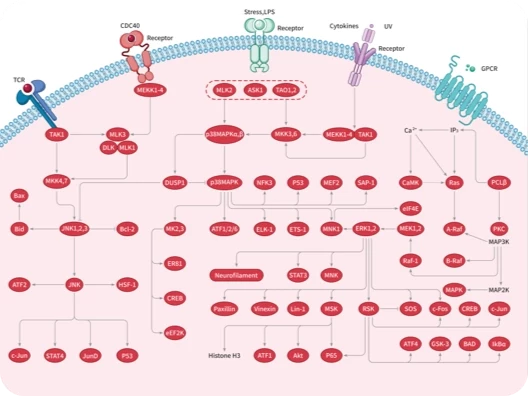
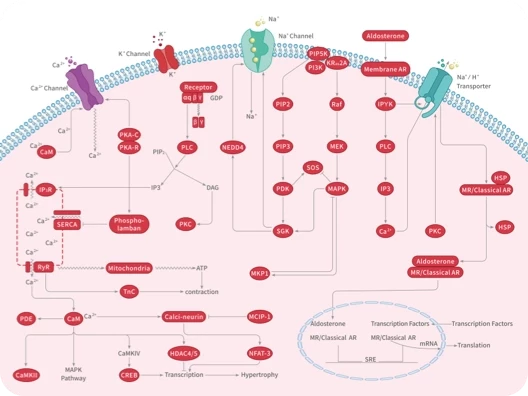
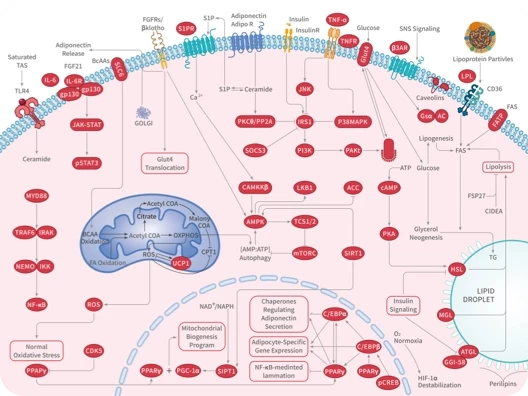
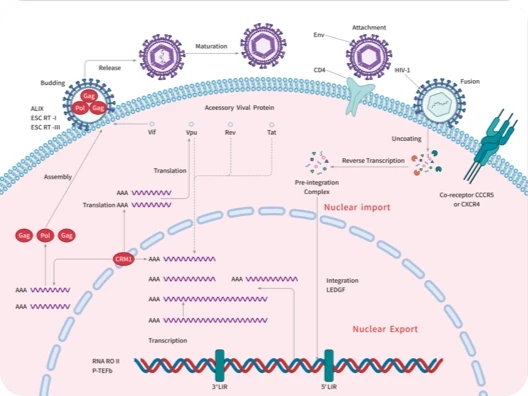

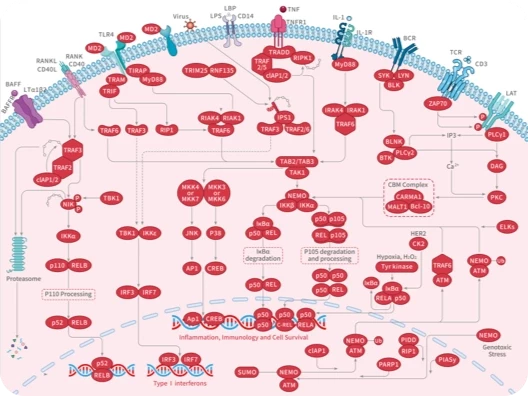
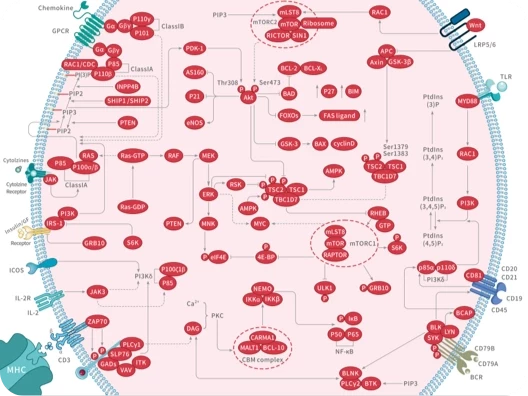
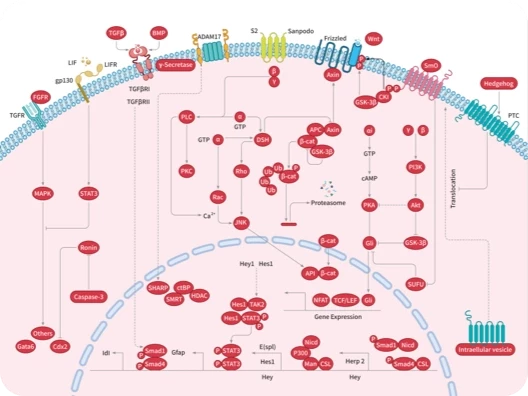
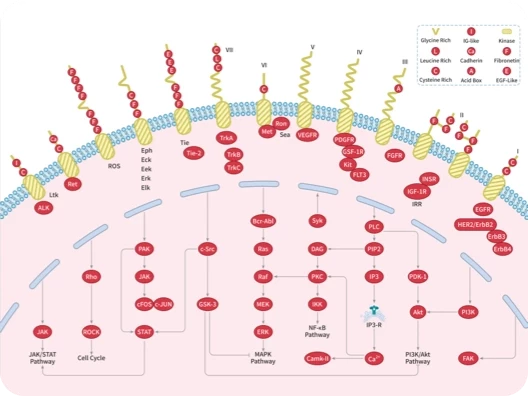
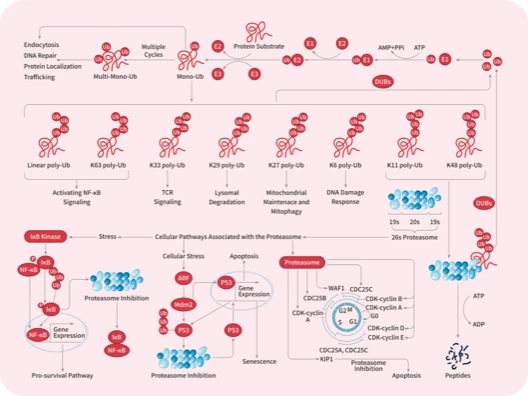


 还可以
还可以

 |
|
评论内容